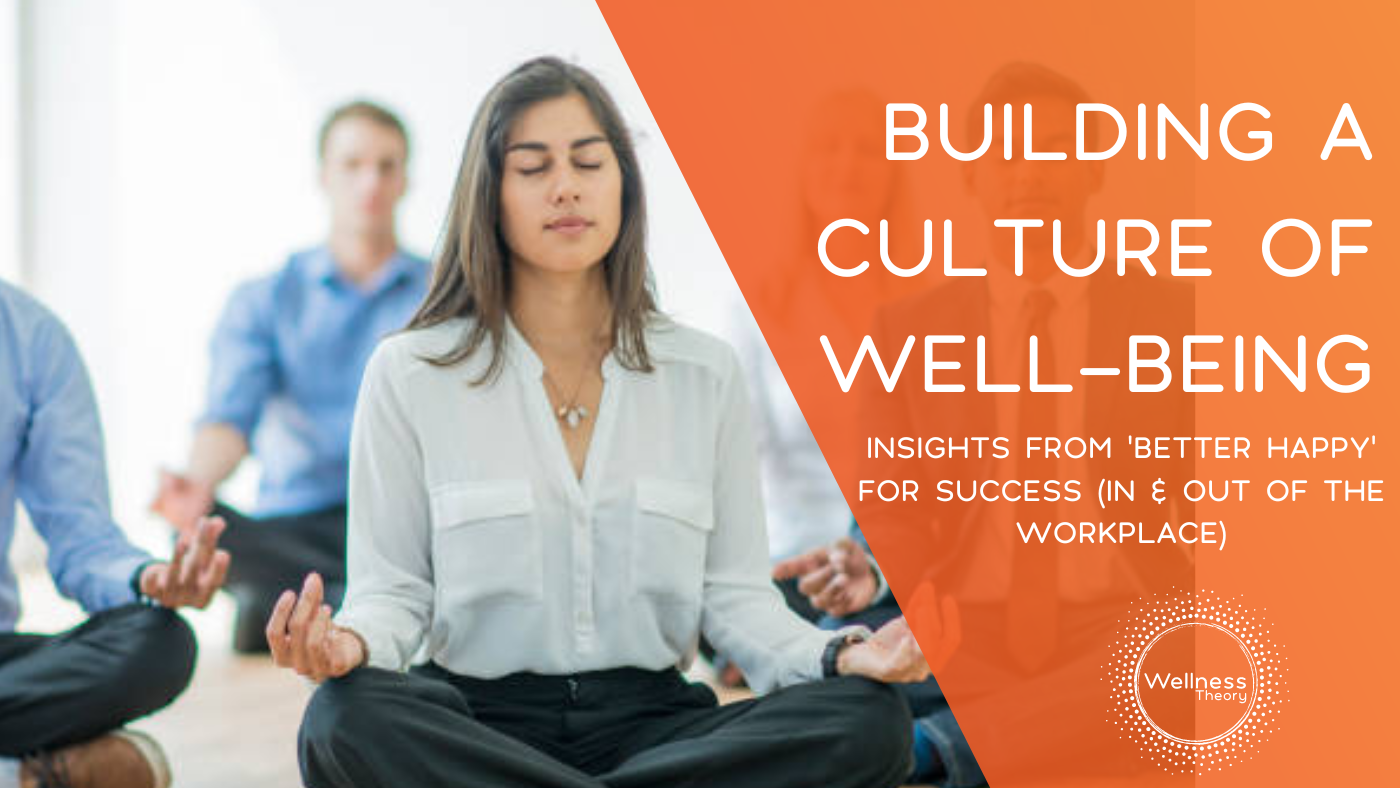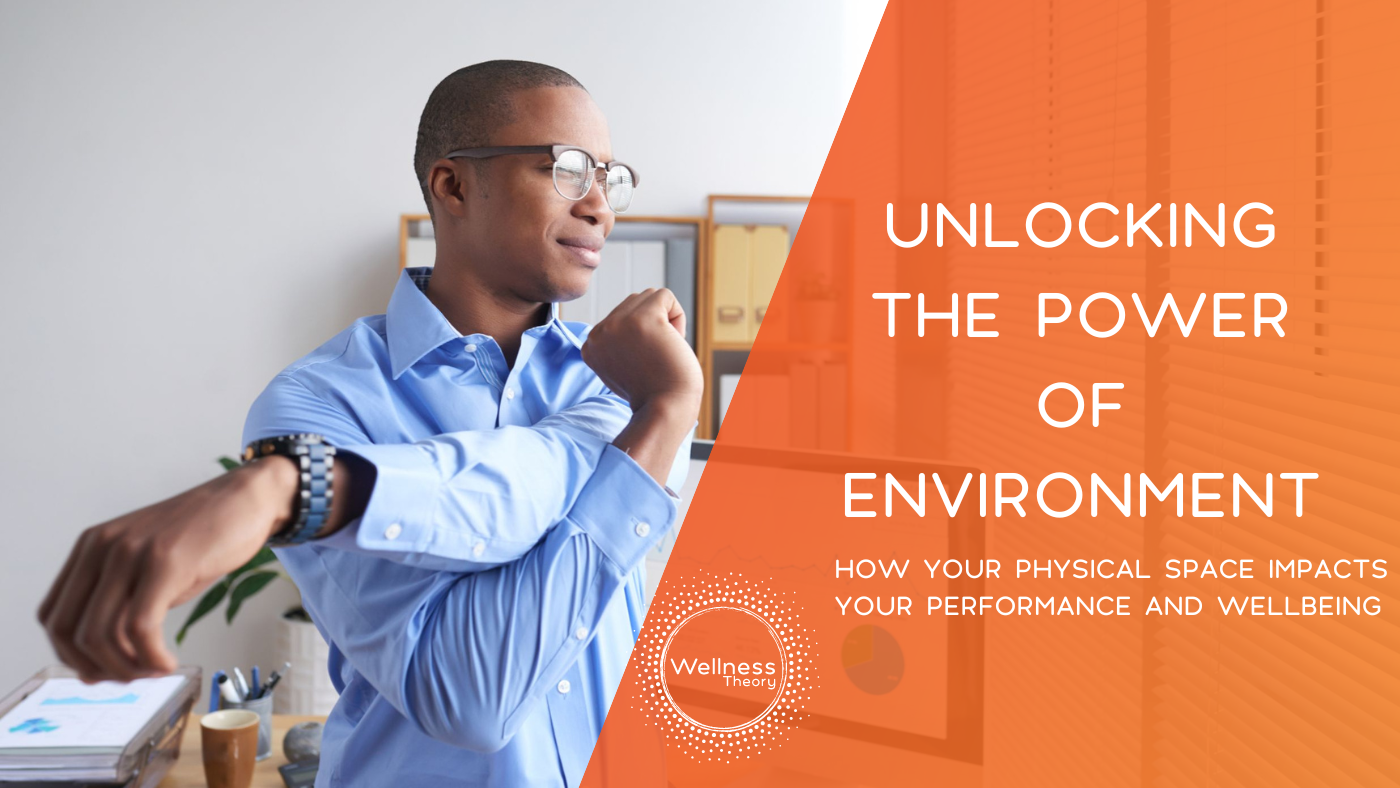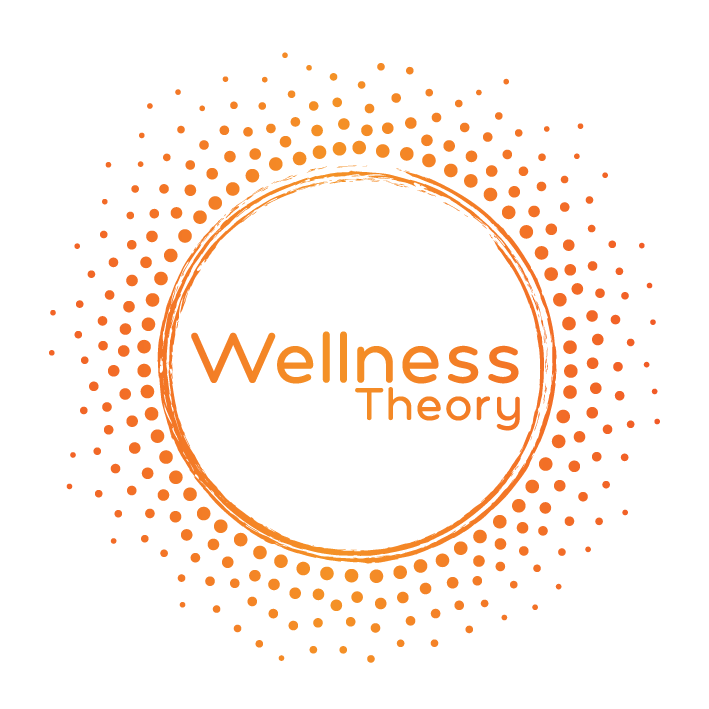Related Posts

12 Trends High-Performers are Leveraging to Relieve Stress and Get Ahead in 2023
FEBRUARY 23, 2023 - STRESS-RELIEF, WELLNESS
This article lays out the current go-to trends that focus on personal stress relief with emotional, mental and physical well-being in mind.

Embracing Wellness for Optimal Performance
AUGUST 4, 2023 - PERSONAL., WELLNESS
This article will give you tips on How to Manage Stress in short term for Optimal performance.

Building a Culture of
Well-Being
JULY 23, 2023 -WORKPLACE WELLBEING, WELLNESS
This article lays out insights from a recent interview with 'Better Happy' for Success inside and outside the workplace.







